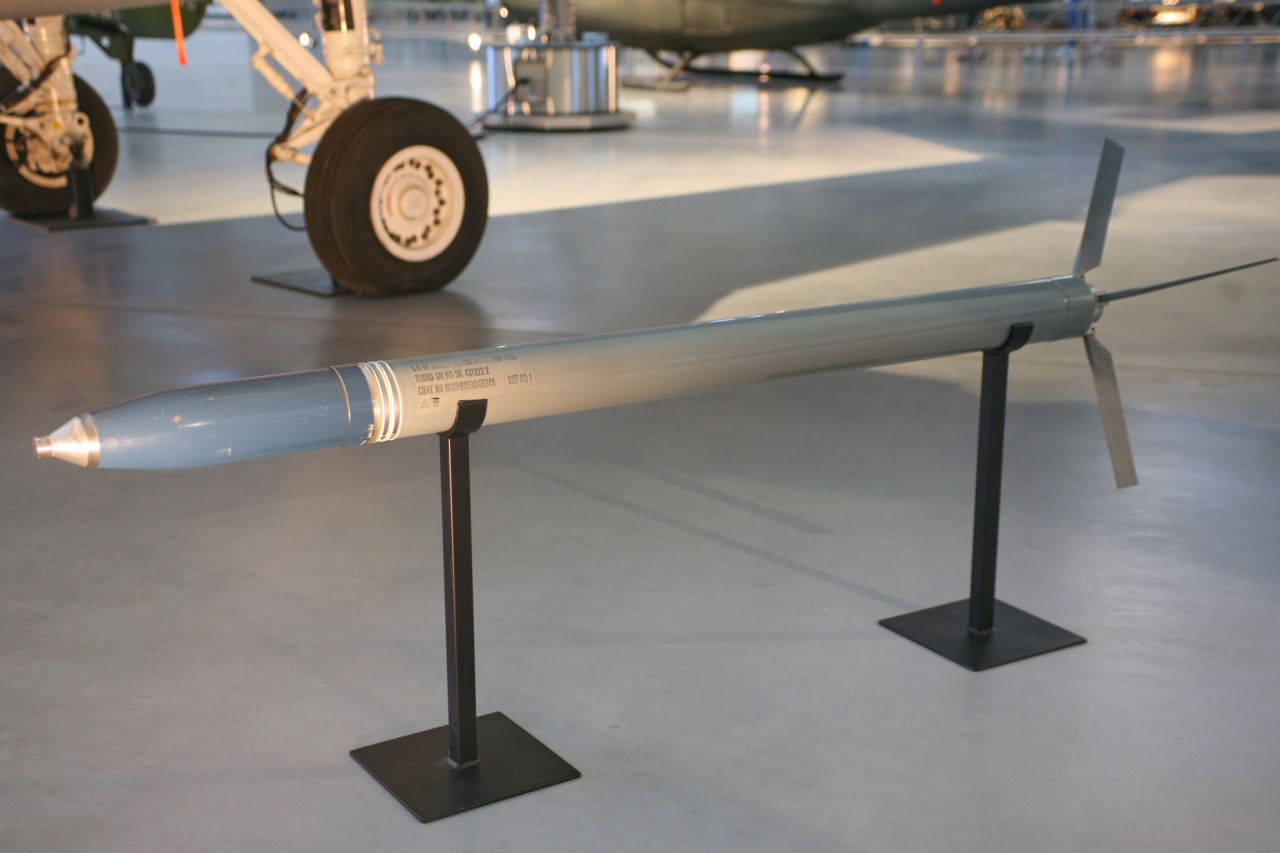Last week, the US announced its most extensive Ukraine aid package, worth $3.75 billion. The Bradley Infantry Fighting Vehicle (IFV) and the Sea Sparrow anti-air missiles inadvertently hogged the limelight.
The military package also included the Cold War-era Zuni rockets that the Pentagon had earmarked for Ukraine. According to the details published by the US Department of Defense (DoD), over 4,000 127mm air-to-surface Zuni rockets are being sent to Ukraine.
The Zuni rocket was developed in the 50s by China Lake engineers. With 85% of the Navy’s total area used for weapon and armaments research, development, acquisition, testing, and evaluation, China Lake is the largest single landholding in the US Navy. It hosts more than 2,000 engineers working on developing and evaluating new munition.
This development follows the successful integration of the AGM-88 HARMs into Soviet MiG-29 planes, demonstrating that Western munition could be integrated into Soviet-era systems. The Sea Sparrow, which is expected to be mounted on the Buk-1 air defense system, is another case in point.
The US Navy Zuni is an improved version of the HVAR (High-Velocity Aircraft Rocket), also known as the Holy Moses, used as an air-to-surface weapon during World War II. It was introduced around 1958 by the Hunter-Douglas Division of Bridgeport Brass Company and outperformed the HVAR in terms of velocity, penetrating power, and range.
When the missile was launched from the launcher, the Zuni’s fins opened up automatically. Zuni was developed to be used against enemy bombers, pillboxes, gun positions, trains, car convoys, ammo dumps, and small ships.

Zuni (rocket) – Wikipedia
Each Zuni missile costs around $400 and could be used as an air-to-air or air-to-surface missile. The missile was used by the United States till the 1980s, after which it was replaced.
The Zuni rockets can be integrated into fixed-wing and rotary-wing aircraft. However, there are currently no details about how American and Ukrainian military specialists plan to adapt these rockets for Soviet aircraft.
Deputy Assistant Secretary Laura K. Cooper said, “I think I trust our engineers and the Ukrainian engineers. So, they have done this successfully. And, you know, it is something that is possible.” The Pentagon officials said the supply of Zuni to Ukraine is one of the American “efforts to help them to make their existing aircraft fleet as effective as possible.”
China Lake-Developed Zuni Rockets
The 127mm Zuni unguided air rockets of the “air-to-air” class resemble the Soviet S-13 or S-25 rockets in certain ways, but they have more intriguing features. For instance, the Zuni has an 8-kilometer firing range in particular.
The rocket’s modular architecture allows for the employment of various warheads and fuzes.
Zuni could be fired from four different launchers, although the four-tube LAU-10/A was the most widely used. In 1965, during the conflict with India, the Pakistani Air Force used Zuni for the first time in a combat situation.
Later, the Vietnam War saw heavy use of this rocket as well. During the war, Zuni was frequently employed in the ground-attack capacity.
However, on May 1, 1967, LCDR Theodore R. Swartz used Zuni rockets to bring down a MiG-17 during a sortie on Kep Airbase in North Vietnam. This was the lone MiG that a Douglas A-4 Skyhawk shot down during the Vietnam War.
It is noteworthy that the North-American branch of MBDA has been working on creating the laser-guided Zuni rocket similar to the Advanced Precision Kill Weapon System since 2006.
The upgraded weapon has a new guiding section close to the rocket’s front. The new technology underwent successful shooting tests against stationary and moving targets in 2009, and its first test flight with a warhead took place in 2010.

A-4M Skyhawk of VMA-324 launching Zuni rocket – Wikimedia Commons
It is unknown if the US’s 4,000 missiles being sent to Ukraine are laser-guided or unguided. However, military specialists believe the US will send laser-guided rockets to Ukraine for precision strikes.
As the war drags on, sending weapon systems and munitions is becoming a norm, and Ukraine needs more firepower to bolster its defenses and counter-offensives.
Once integrated into the Ukrainian helicopters and fighter jets, these rockets are expected to cause a fair amount of damage to Russian ground targets like tanks and combat vehicles.
- Contact the author at sakshi.tiwari9555 (at) gmail.com
- Follow EurAsian Times on Google News




